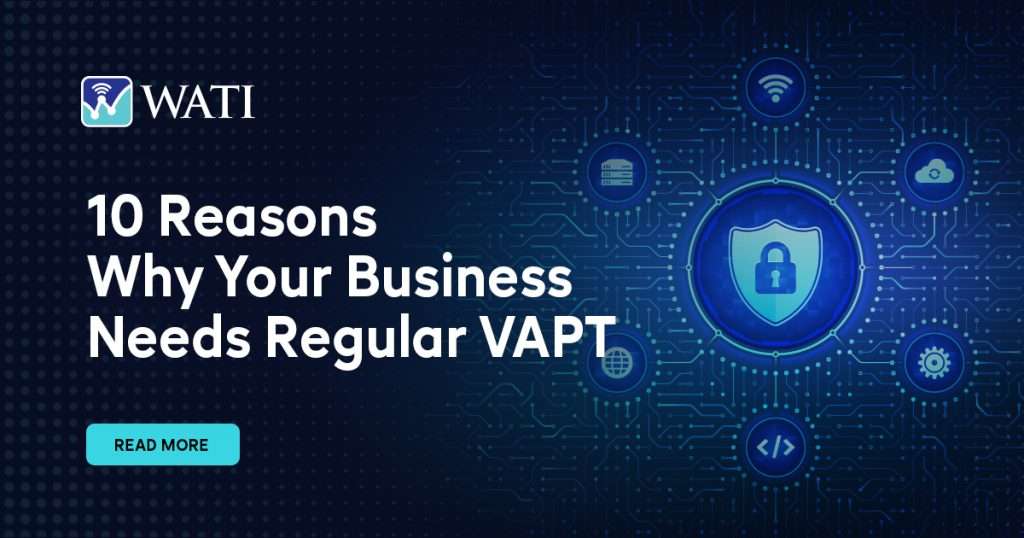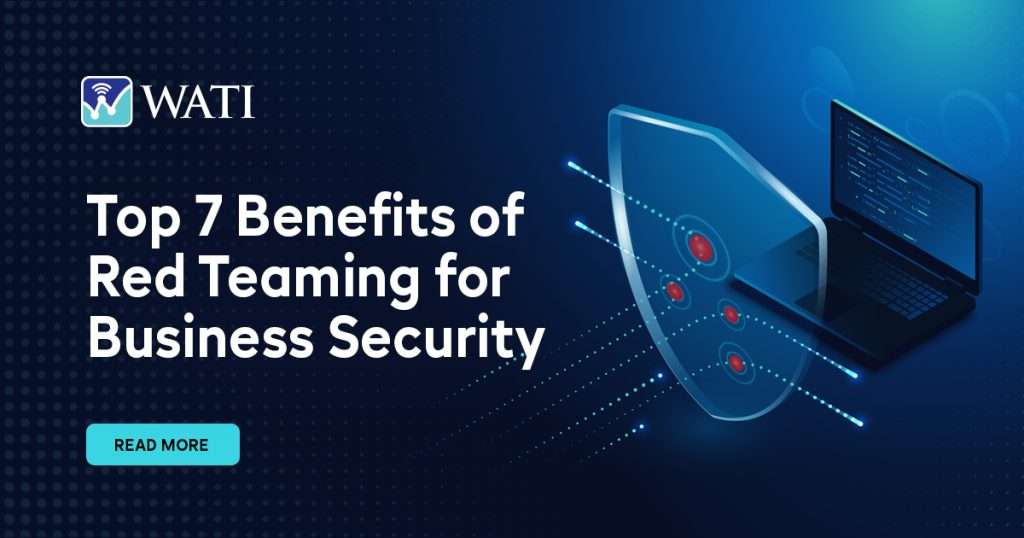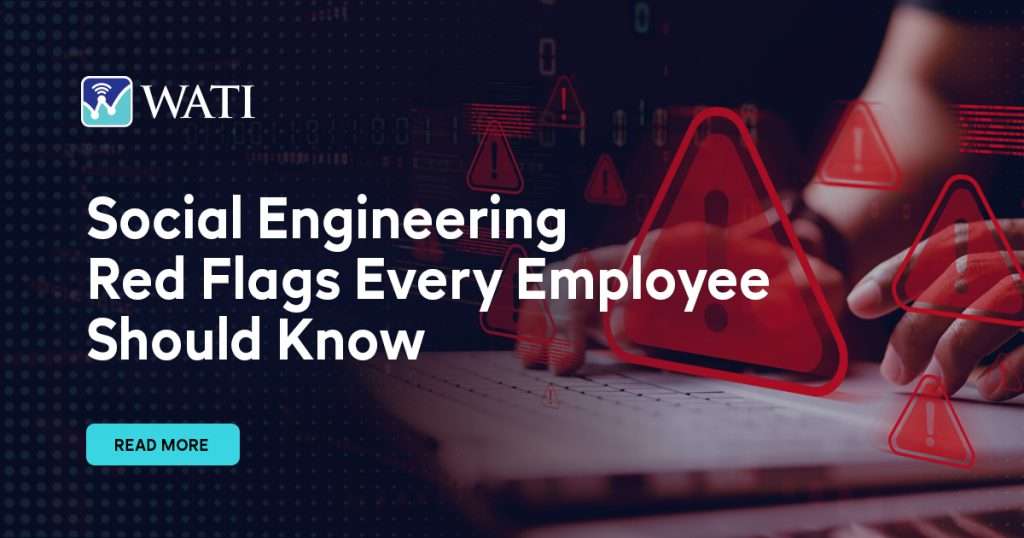As organizations become more dependent on technology, the risk of cyber threats and data breaches rises. Ensuring compliance with industry regulations is a crucial component of maintaining a secure and trustworthy operational environment. Vulnerability Assessment and Penetration Testing (VAPT) services offer a comprehensive solution for identifying and mitigating security weaknesses, helping organizations meet regulatory standards and protect sensitive information.
Understanding VAPT Services
Before diving into how VAPT services aid in regulatory compliance, it’s important to understand what these services entail. Vulnerability Assessment and Penetration Testing are two distinct but complementary processes:
Vulnerability Assessment (VA): This process involves identifying, quantifying, and prioritizing vulnerabilities in an organization’s IT environment. It uses automated tools and manual techniques to scan systems, networks, and applications for weaknesses that could be exploited by cybercriminals.
Penetration Testing (PT): Often referred to as ethical hacking, penetration testing simulates real-world attacks to exploit identified vulnerabilities. This process helps to validate the effectiveness of security measures and provides a practical understanding of potential risks.
Together, VA and PT provide a comprehensive evaluation of an organization’s security posture, identifying weaknesses and offering actionable insights for remediation.
The Importance of Regulatory Compliance
Regulatory compliance is crucial for several reasons:
Legal Obligations: Non-compliance can result in severe penalties, including fines and legal action. Regulatory bodies such as the General Data Protection Regulation (GDPR), Health Insurance Portability and Accountability Act (HIPAA), and Payment Card Industry Data Security Standard (PCI DSS) mandate stringent security measures to protect sensitive data.
Reputation Management: Compliance demonstrates an organization’s commitment to security and privacy, fostering trust with customers, partners, and stakeholders.
Risk Mitigation: Adhering to regulations helps mitigate risks associated with data breaches, financial loss, and reputational damage.
How VAPT Services Facilitate Compliance
VAPT services are instrumental in helping organizations meet regulatory requirements. Here’s how:
Identifying and Remediating Vulnerabilities
Most regulatory frameworks require organizations to conduct regular security assessments to identify and address vulnerabilities. For instance:
PCI DSS: Requires regular vulnerability scans and penetration tests to ensure the security of payment card data.
HIPAA: Mandates risk assessments to identify potential threats to electronic protected health information (ePHI).
VAPT services provide a systematic approach to identifying and remediating vulnerabilities. Through comprehensive scanning and testing, organizations can uncover weaknesses in their systems and applications, prioritize them based on severity, and implement appropriate remediation measures.
Demonstrating Due Diligence and Due Care
Regulatory bodies often require organizations to demonstrate due diligence (the effort to identify and mitigate risks) and due care (the implementation of security measures to protect data). VAPT services help organizations fulfill these requirements by:
Documenting Findings: Detailed reports generated from VAPT activities provide evidence of identified vulnerabilities and the steps taken to address them. This documentation is crucial for audits and compliance checks.
Proactive Security Measures: Regular VAPT engagements show that an organization is actively working to improve its security posture, thereby demonstrating due diligence and due care.
Ensuring Secure Development Practices
Many regulations emphasize the importance of secure software development practices. For instance:
GDPR: Stresses the need for data protection by design and by default.
PCI DSS: Requires secure development practices to protect payment applications.
VAPT services can be integrated into the software development lifecycle (SDLC) to ensure that security is considered at every stage. By conducting vulnerability assessments and penetration tests during development, organizations can identify and address security issues before they become exploitable in production environments.
Continuous Monitoring and Improvement
Compliance is not a one-time effort but an ongoing process. VAPT services support continuous monitoring and improvement by:
Regular Assessments: Periodic vulnerability assessments and penetration tests help organizations stay ahead of emerging threats and ensure ongoing compliance with regulatory requirements.
Threat Intelligence: VAPT providers often offer threat intelligence services that keep organizations informed about the latest vulnerabilities and attack vectors, enabling proactive security measures.
Best Practices for Implementing VAPT Services
To maximize the benefits of VAPT services for regulatory compliance, organizations should consider the following best practices:
Engage Qualified Providers: Choose reputable VAPT service providers with expertise in the relevant industry regulations and a track record of successful engagements.
Scope Definition: Clearly define the scope of VAPT activities to ensure all critical assets and systems are covered.
Regular Assessments: Schedule regular vulnerability assessments and penetration tests to maintain compliance and stay ahead of emerging threats.
Integration with SDLC: Incorporate VAPT services into the software development lifecycle to identify and address security issues early.
Actionable Reporting: Ensure that VAPT reports provide clear, actionable recommendations for remediation.
Continuous Improvement: Use the insights gained from VAPT activities to drive continuous improvement in your security posture.
Conclusion
In an era where data breaches and cyber threats are on the rise, regulatory compliance is more important than ever. VAPT services provide a comprehensive approach to identifying and addressing vulnerabilities, ensuring organizations can meet stringent regulatory requirements. By leveraging VAPT services, organizations not only protect sensitive data but also demonstrate their commitment to security and privacy, fostering trust with customers, partners, and stakeholders. Regular VAPT engagements, combined with proactive security measures, help organizations stay compliant, reduce risks, and safeguard their reputation in an increasingly complex threat landscape.
Frequently Asked Questions (FAQs)
Vulnerability Assessment and Penetration Testing (VAPT) is a security practice that identifies and tests vulnerabilities in systems, networks, and applications. It supports compliance by ensuring your security controls meet the standards set by frameworks like ISO 27001, PCI DSS, HIPAA, and GDPR.
VAPT can assist with a wide range of regulations including PCI DSS (for payment security), HIPAA (healthcare data), ISO 27001 (information security management), SOC 2, and GDPR (data protection and privacy), among others.
While some standards explicitly require VAPT (like PCI DSS), others recommend it as a best practice. Even when not mandatory, conducting VAPT demonstrates due diligence to auditors and regulators.
Regulations often require VAPT annually or after major changes in infrastructure. However, high-risk industries should consider bi-annual or quarterly testing to ensure ongoing compliance.
Yes. VAPT proactively uncovers security weaknesses that could lead to compliance failures, giving your organization time to remediate them before facing regulatory audits.
Look for a provider with expertise in your industry’s regulatory framework, certified testers (e.g., OSCP, CREST), transparent methodologies, and comprehensive reporting aligned to compliance requirements.
Yes. Professional VAPT services provide detailed reports outlining vulnerabilities, exploitation methods, risk ratings, and remediation steps—often in formats that align with compliance audits.
By integrating regular VAPT into your security program, you maintain a continuous cycle of assessment, remediation, and verification, ensuring that compliance is sustained year-round.
Yes. While primarily technical, VAPT can reveal procedural issues—like weak access control policies or unpatched third-party services—that may cause compliance failures.
Regular VAPT ensures early detection of vulnerabilities, reduces the risk of regulatory penalties, improves audit readiness, and reinforces trust with customers and stakeholders.



